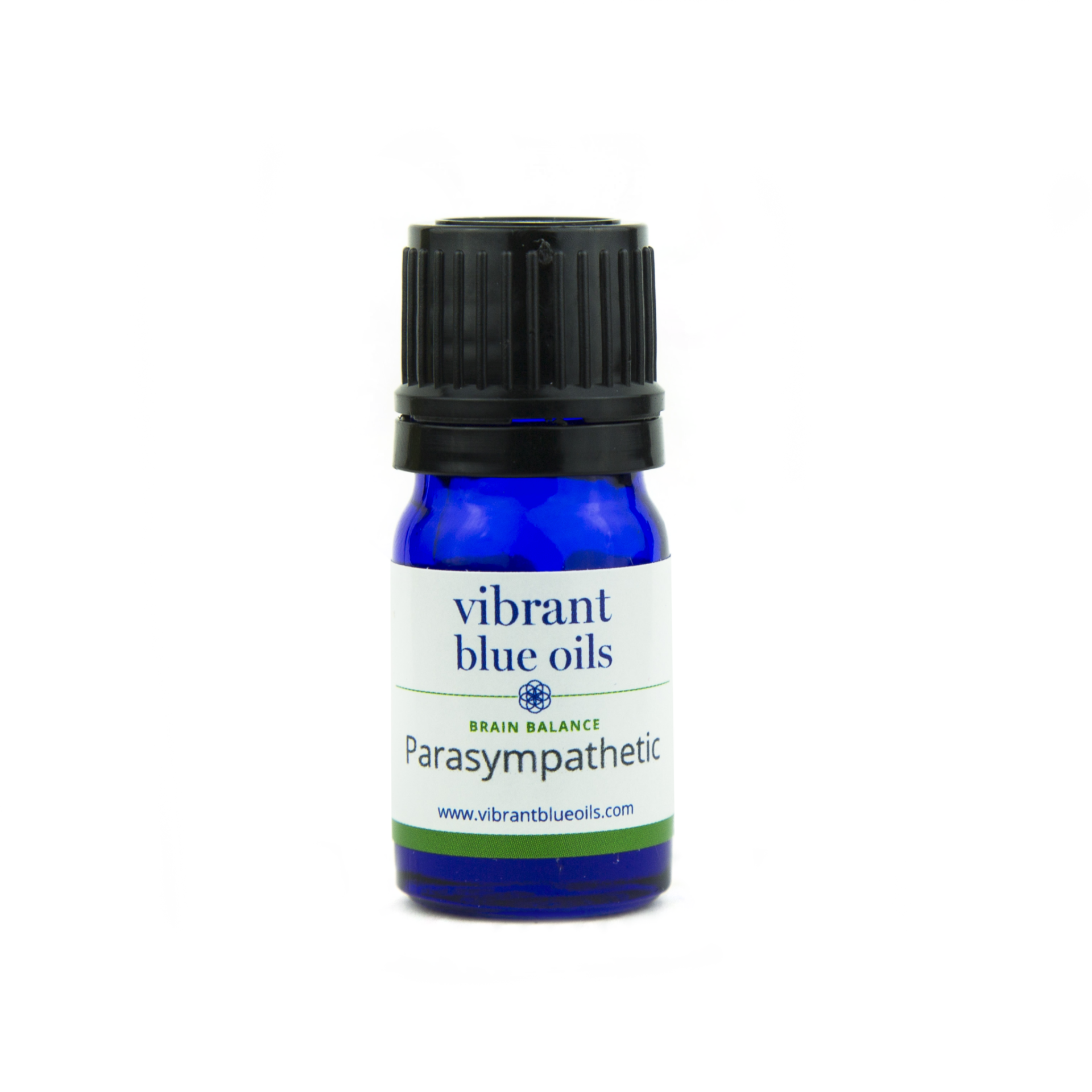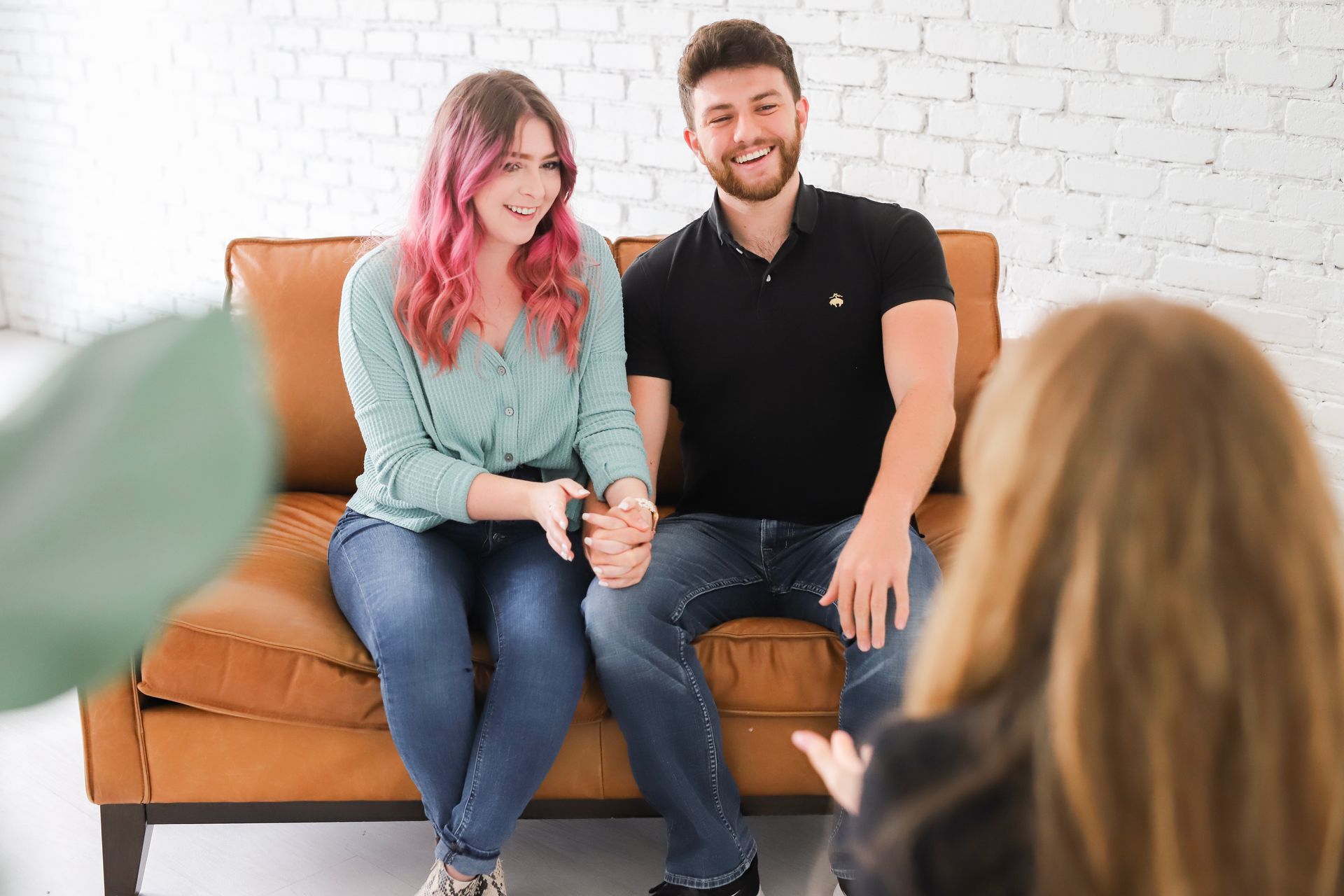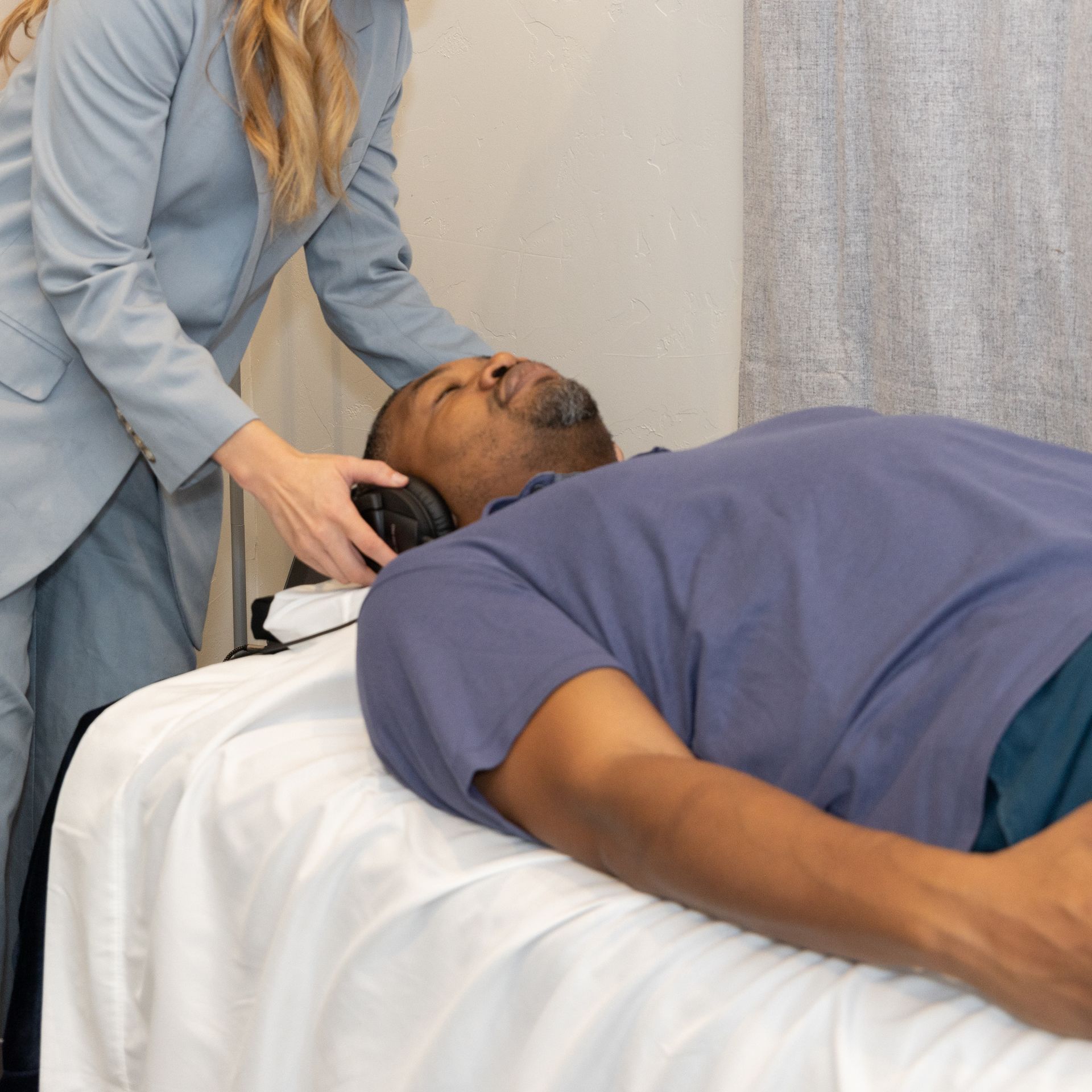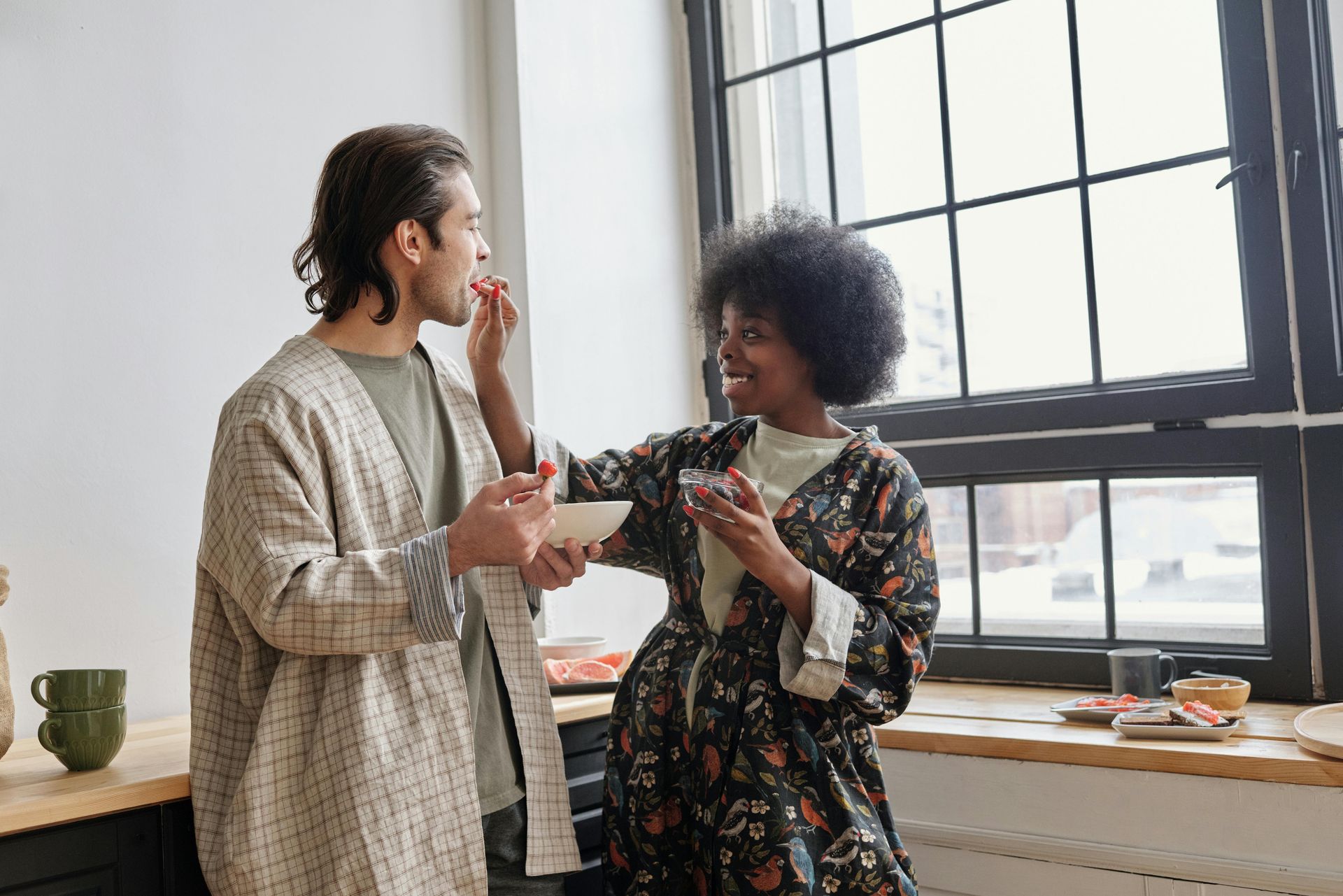What is Dance Movement Therapy?
Some of our favorite wellness products for you to check out.
Vibroacoustic Therapy
Inharmony products for at home use
Use our code WellnessNSC
to receive 5% off your purchase

Shop more Oils at their Store
Discover Healing and Connection Through Your Body

What Is Dance Movement Therapy?
DMT isn’t your typical therapy or dance class. Instead, it’s a blend of creative movement and therapeutic support, helping people explore their feelings, work through challenges, and strengthen their mind-body connection. As Gianina explains, “It’s bringing in the creative process and that emergent process... dance movement therapy in its nature is also relational. So there’s co-creation that happens. The therapeutic relationship is a big piece.”
In DMT, there’s no pressure to
“move the right way” or know how to dance.
“You don’t have to know how to dance. There’s no requirement of having a dance background.” The focus is on moving in ways that feel true to you, and using that movement as a way to express and process feelings — not to put on a performance. - Gianina Casale
Busting Myths About DMT
You might wonder: Is DMT just a fancy dance class? Not at all. Gianina states: “In a dance class, normally you’re a student... you’re being taught movement and there’s this working towards a technique or a product… Dance movement therapy is more process oriented.” So, instead of following choreography, you are simply exploring movement — and yourself — in a judgment-free zone.
“ Nobody has to know how to dance or is being taught to dance in therapy,”
she adds. This welcoming environment encourages everyone, no matter your experience level, to participate and benefit.
How DMT Differs from Traditional Talk Therapy
Sometimes, talking about your feelings only gets you so far. Gianina explains it this way: “Talk therapy can stay very much in the cognitive realm... In dance movement therapy, there’s the piece about going deeper into more of that like mammalian brain, that part... tied to more of that primitive survival aspect of our human experience.”
When you’re overwhelmed,
“our body can become our best friend to be able to regulate in those moments,” Gianina shares. Interviewer Cherie Spellman adds:
“It sounds like a big part of DMT is really learning how to befriend your body and listen to your body... and build that relationship up.” In other words, DMT helps you tune in to your body as a source of wisdom and support.
DMT for All Ages
Helping Children and Families
DMT meets you where you are — whether child or adult. For kids, that means fun and play are woven in. “If I’m working with children and their parents, I’m going to focus on emotion regulation. We’re going to incorporate play. We’re going to incorporate props,” Gianina explains. She also teaches parents how to use simple movements to connect with their kids, saying this strengthens attachment and helps children feel fully seen.
DMT can be especially helpful for neurodivergent kids, too. “It’s good in supporting children with [neurodiversity], also with emotion regulation, with behavioral challenges and a variety of things... it does help you to accept more parts of yourself and be able to be more of who you are,” Gianina says.
Adults Reconnecting with Their Bodies
For adults, DMT offers a safe place to explore uncomfortable emotions, rebuild self-acceptance, and rediscover creativity. Gianina shares, “With adults, it’s learning how to build tolerance for sitting with the discomfort, the sensations, which are emotions—that is just energy and motion that’s processed through the body.”
Playfulness isn’t just for children, either. “The playing and the creativity is not just for the children. We as adults also get to do that,” Gianina reminds us. Creativity can make facing tough emotions a little easier and even enjoyable.
Often, adults find themselves at DMT when, as Cherie says,
“I’m experiencing emotion. I don’t have words for it.”
DMT provides an outlet for those “wordless” feelings that talking might not reach.

Who Can Benefit from DMT?
The beauty of DMT is that it can help almost anyone. Gianina notes, “I think DMT can work across the lifespan and for a variety of presenting concerns because it is about building that relationship of love and self-compassion with yourself, which then automatically trickles out to how you relate with others.”
She also points out it’s especially helpful
“for people who experience anxiety, depression, trauma, neurodivergence or who have been in talk therapy for years” but still feel stuck.
Creativity and Play: Tools for Healing
;Movement, imagination, and creativity form the core of DMT. Gianina adds “When we’re playing and we’re creating, it’s almost like it kind of externalizes it a little bit. It creates a little more space to where you don’t overidentify with it... you start to relate with it in a different way… in this playful way that uses your imagination, uses metaphor, uses movement, uses creativity.”

DMT and Your Health
Physical movement in DMT offers the same health boosts as other gentle exercises — but with an added emotional layer. “Movement in and of itself, there’s a lot of physical health benefits… as you would see health benefits if you went for a walk or if you did yoga and stretched,” says Gianina.
Importantly, DMT gives you tools to understand and care for yourself:
“There’s many, many health benefits to understanding who you are more, to having that integration of self... to feeling that you have tools in your bag that whenever you are needing that support for regulation, that you have access to healthy tools… that you have that in you already.”
Unsure About Trying DMT? You’re Not Alone
It’s absolutely normal to feel unsure or even resistant to something new. Gianina offers : “If you have hesitations and if you are facing that resistance of going into a process that incorporates the body, that’s totally normal, that’s a part of the process and that’s welcome too. That’s what we work with... a process that invites the body in is going to feel scary—there’s a reason that’s been there, protecting you from feeling all of these things that can come up.”
She continues, “This process is a slow process that really honors your pace and really centers the client. Safety is a big piece and you’re not alone in the process. That’s the importance of having a professional to hold that space.”
Don’t worry about being pushed too far or too fast. “Therapeutic goals are going to be what you’re coming in for... I’m going to listen to you and we’re going to go at your own pace, and if something feels silly, we’re going to laugh at it and we’re going to explore what that is,” Gianina.
“You have that agency,” she continues.
“I would never ask you to do something that you’re not comfortable with doing… It doesn’t mean that emotions are not going to feel uncomfortable, but it means that you are in charge of how you show up and what you’re okay with doing.”
Advice for Parents
Wondering if DMT is right for your child? Here’s what Gianina shares:
“I would say your kid’s already moving. It’s like play in that way. It’s their language… They’re already doing it and this can be a way to understand and really support them in... speak their language.”
How to Find a Qualified DMT Therapist
If you’re curious and want to try DMT, Gianina recommends making sure you work with someone properly trained. “Seek out someone who is either a registered dance movement therapist or a board certified dance movement therapist,” she advises. A good place to start learning more is theAmerican Dance Therapy Association (ADTA), which has resources, educational videos, and directories for finding therapists.
Gianina kindly offers, “I’m happy to meet with you. You can call our office and get scheduled for a complimentary 15-minute consultation in which we can just talk, see if we’re a good fit, see what you’re needing support with, and I can explain more and answer any questions if there are any around the type of work that I do.”
Dance Movement Therapy is about more than moving your body—it's about moving closer to your best self in a supportive, creative space. As Gianina reminds us, “Your body can become your best friend to be able to regulate in those moments.” If you’re interested, consider reaching out for a consultation. The path to feeling better, stronger, and more whole may just be a single step — or a simple movement — away.


Interested in our services? We’re here to help!
We want to get to know your needs so that we can provide the perfect solution. Give us a call today and we’ll do our best to help.
























